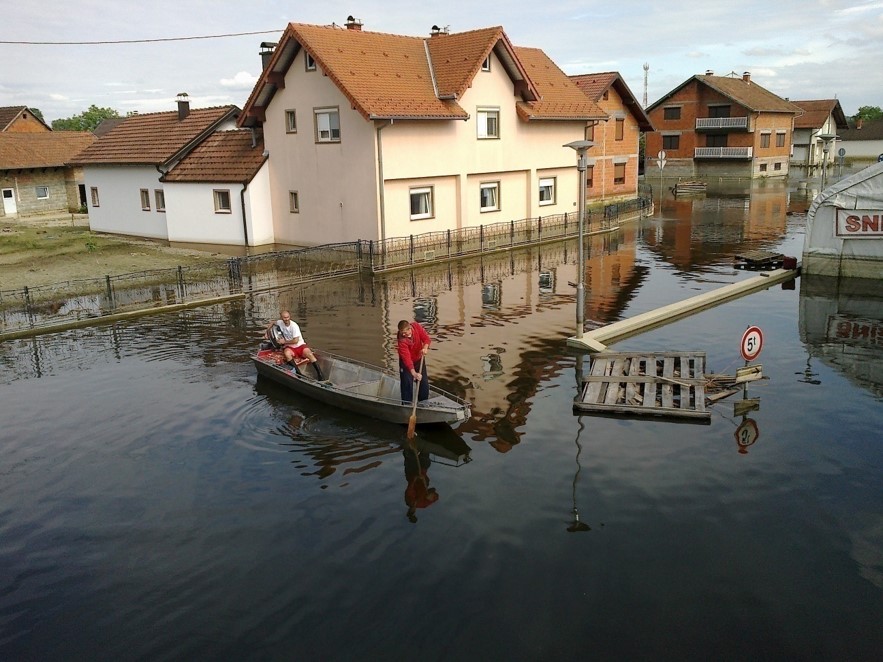
Bending but not breaking: lessons in disaster resilience from four sister projects
Hurricane Helene and Hurricane Milton making landfall in the Southeastern United States in recent weeks made headlines all over the world. These are cases in point for unpredictable natural disasters affecting at-risk coastal communities. Showing readiness in times of crisis only comes with adequate contingency plans: this rule applies at any latitude, not just across the pond. Similarly to MYRIAD-EU, other projects are working hard to forge links and foster collaboration to tackle harrowing extreme weather-induced disasters in a duly equipped fashion. As per tradition, here is a round-up dedicated to news, research findings and events from our sister projects.
PARATUS Project
The recently published September newsletter is brim full of updates from projects involved in the Societal Resilience Cluster. The participative process inherent to PARATUS, where stakeholders take an active role in designing scenarios for multi-hazard impacts, will now be transposed to workshops happening throughout the autumn period in as many variants as the four case study areas.
Download the third edition of the newsletter here to stay in the loop!
SYNERGIES
Leveraging insights from six other projects (ENGAGE, RESILOC, LINKS, IMPACT, BUILDERS, Ready2Help), European co-funded SYNERGIES embodies the collective platform committed to promoting a culture of disaster preparedness. The fruition of this culture was high on the agenda this month at the European Week of Regions and Cities. Speakers from several Horizon 2020 projects convened and provided solutions for maximising societal resilience in emergency response. During a workshop held on October 9th, findings from two work packages within the umbrella project SYNERGIES were disclosed. The workshop mostly aimed at the enhancement of risk awareness and technology-aided resilience in EU communities. More info about the project can also be found at this link.
BORIS2
As it inches closer to its first birthday, project BORIS2 announced significative breakthroughs. Stressing the importance of collaboration cross-border, a transferable methodology for emergency management through the data gathered along the border between Italy, Slovenia and Austria is nearing completion. As outlined in this interview, Italian experts on science in civil protection address the importance of border collaboration and replicability to other EU cross-border areas. Track new progress that BORIS2 is achieving on their LinkedIn as well.
The HuT Project
An early warning serves as a tool for risk-reducing decisions. Having turned its innovative approach into its most recognisable hallmark, The Hut is releasing a factsheet that highlights best practices to stave off extreme weather-driven risks. Having a one-pager at one’s fingertips can always come in handy. Find it here.
+ Do you want to contribute? Send us your project updates at:
